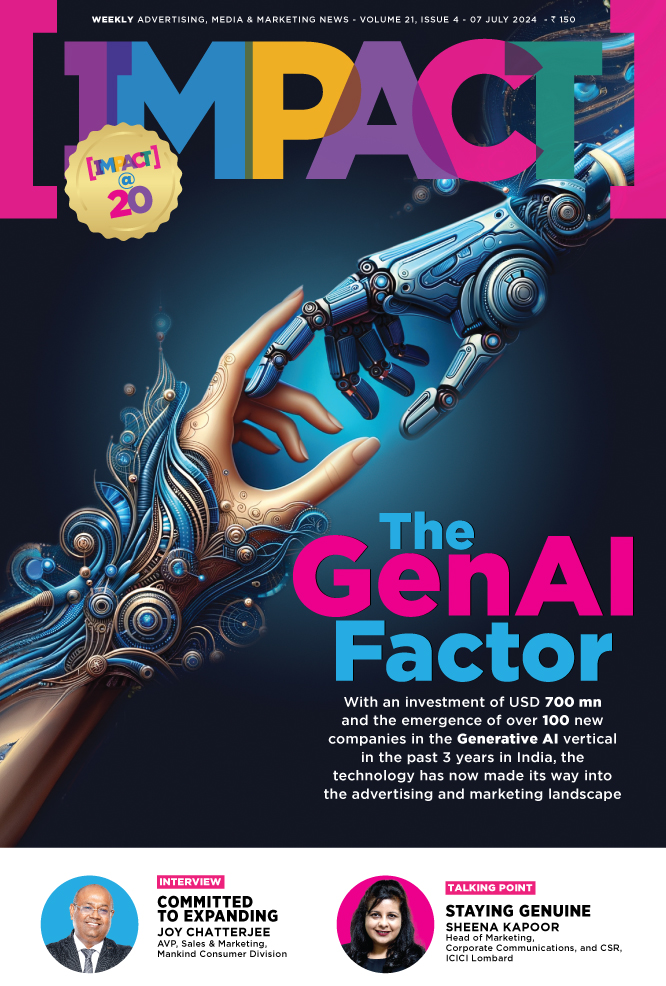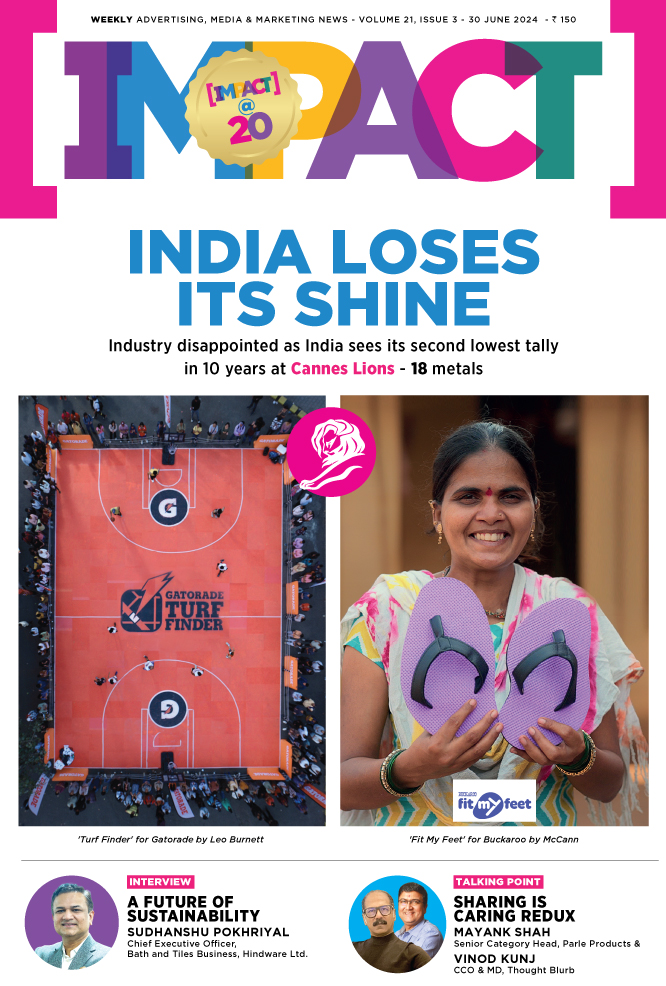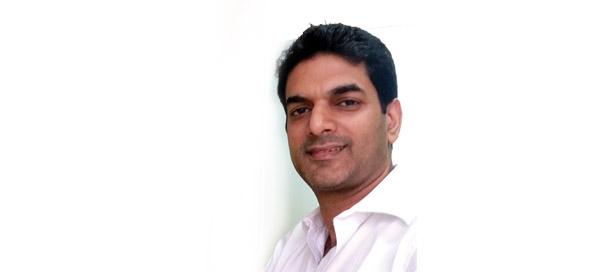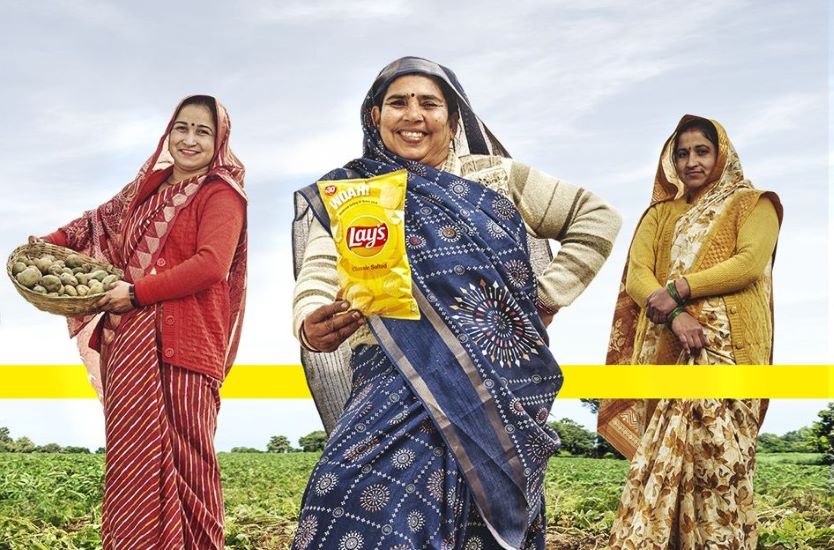For Manav Dhanda, Executive Vice President at Shri Adhikari Brothers Group, the mandate is to take the company to the next level
By Priyanka Mehra
In an exclusive interaction with IMPACT, Manav Dhanda, Executive Vice President at Shri Adhikari Brothers Group, talks of the company’s growth over the past year, plans to overcome market challenges and growing from a 4-channel network to a 10-channel network in a year’s time. Dhanda, who reports into SAB Group Managing Director Markand Adhikari, also discusses the launch of a flagship channel, building studio assets and more. Here are excerpts from the conversation:
How has the group, as a whole, performed in 2014? What are the key learnings of the past year?
As a group we looked at the year gone by at two levels. One was consolidating our position, and the other is charting our growth strategy. While Mastiii and Dabangg held leadership positions, we converted Dhamaal into a Hindi movie channel and launched Maiboli, a Marathi channel. In a year where most launches have failed, MaiBoli has been a great launch; perhaps the most successful one. Our most prominent channel Mastiii has remained at the top. In the digital market, as per TAM, Mastiii has held the top position over the last eight weeks (average). The fact that Mastiii has grown by almost 50% in the last 10 weeks is quite phenomenal. The channel has grown by almost 60% in the core ABC 15-35 Male Female TA, which is great, since it is extremely relevant to the advertiser for this niche. We spent a lot of time understanding in great detail exactly how the music genre is consumed and what we must offer. We commissioned a very detailed research across markets and it is this consumer understanding that has become a key edge over anybody else at this point in time.
What is the strategy for Dabangg?
Dabangg, again, has got some highly relevant localized content. In fact, our team is always travelling to Uttar Pradesh and Bihar. We are trying to own the region instead of just making shows or just putting out a property on the region. We are doing a series called ‘Hum Hai Dabangg’ wherein our team travelled to UP and Bihar to recognize and celebrate achievements of people and places of the region. These are facets and territories that are often missed, and not showcased; it is about recognizing certain sects, certain diaspora of a certain community, which is working very well.
What is working for Maiboli?
Two things: one is that we have some original content on that channel, which is trying to build the pride of Maharashtrians. It is shot on the streets amongst the people, and then put on air. That’s a great feature which works very well. It is set to become a platform where people voice their opinion on air. Marathi theatre is really very big, and it is also an integral part of our content mix. The channel is well marketed, and well-positioned. Our marketing campaign got really well noticed, we achieved our target reach and within the first three months, we were among the Top 5 Marathi channels. Further, Maiboli has grown by over 50% in the past eight weeks, compared to the previous ones.
What are the insights that you got from the research conducted for Mastiii? How have these insights been leveraged and optimized?
Our viewers’ TSV is about 35 minutes, while that of our competitor’s is in the mid-twenties range. This difference itself is testament to the fact that we have understood our consumer far better than anybody else in the HSM market. It seems that a lot of channels lack the belief in music, and hence tend to clutter the channel with a lot of other non-music offerings, that is the first insight. Music channels thus tend to lose their identity. There are about nine music players in the market. So, to attain leadership, the key is being true to the consumer expectations.
This year, we also changed our packaging for Mastiii, on the back of these insights. We have come up with vibrant colours - not bright, stark in-your-face colours as was the trend about half a decade back. Our colours are far more contemporary, which too has given us an evolved personification on-air.
What are your growth plans?
At present, we have four channels. Within the next 12 months, we will have six more channels - five will be regional and the sixth will be our flagship channel, to be launched by the first quarter of 2016.
The fact remains that very few groups understand how to launch new channels. In the last 15 years, only two totally new GECs have succeeded - SAB TV and Colors. The rest have either shut shop or have continuously defined and redefined their offerings, and struggled to find their space in the highly competitive segment. We know the right mix for a successful channel. We are proud to be the founders of SAB TV.
You mentioned your plans for this year include building studio assets and driving digital growth...
We understand very clearly that going forward, digital will be a key driver. Today, India has got about 220-240 million Internet subscribers and this number will be more than 500 million in the next three years. It is a fair guess where most of the consumption is going to come from. Of course, Shri Adhikari Brothers Television Network was always a content production house, which remains our key strength. Digital is one space which we are really excited about, where we tend to create and aggregate, and have a 300 to 400-channel MCN. These channels will be across genres, across languages, and as digital penetration doubles its numbers in the next three years, a large volume of the first-time consumer base will come on to digital. The opportunity is lying untapped.
We are also in the process of starting two studios in Mumbai – one at Charkop and the other at Marol - where we will be creating content for in-house and external usage. We intend to make these state-of-the-art technology-based studios. It is not just about floor area, but getting the technology in. We are in talks with some global players who are in the studio business too and working on strategic associations with them - either partnership or as technology providers. When a film gets made or in the coming years when TV will need a higher quality production, we are often compelled to step out of the country or get resources over here. That is a space in which we will make heavy investments. The technology will also need trained manpower to operate it, and our key focus area will be to develop skills within our country.
What gets the integration going across networks? Will there also be an integration of content going forward?
It is important that each property first holds itself and then the package also holds as a strong offering. Sometimes, strategies are made on the back of packaging, but it becomes very risky when one pillar falls. Then the entire package struggles. So, while integration of content and facilities does optimize the opportunity, for us, each vertical will need to stand for itself.
Feedback: priyanka.mehra@exchange4media.com






















